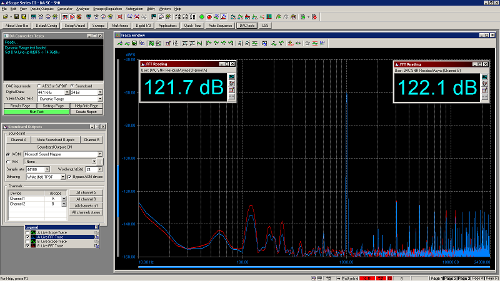atomicbob
500+ Head-Fier
- Joined
- May 27, 2012
- Posts
- 986
- Likes
- 1,040
@atomicbob, will you please repeat these measurements as the Yggy warms up?
As I can fit it into my schedule, I intend to repeat in 7 to 14 days and incorporate the other measurement requests as well.
I know this will be requested but I will not be measuring higher sample rates for some time. As @purrin mentioned in one of his posts on the preview of yggdrasil, I don't think any of us have really heard what 44x16 pcm can deliver until now.























